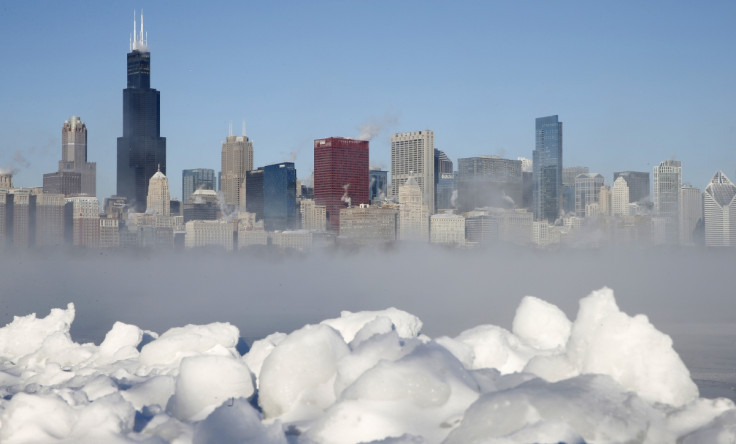Mystery of Why Some Countries Repeatedly Suffer Floods, Freezes and Heatwaves Finally Explained

Unseasonal bouts of extreme weather across the US, Europe and Asia are the result of strong atmospheric currents which repeatedly direct floods, freezes and heatwaves to the same areas, scientists now claim.
Cold snaps across eastern North America, flooding in western Asia and drought are caused by a variation in air flow patterns around the Northern Hemisphere, according to new research.
Researchers from the University of Exeter have found that high-altitude winds normally blow from east to west in irregular patterns across the planet, while winds move from north to south in a wave-like pattern.
The winds also take in warm air from the tropics or cold air from the Arctic and shift them to other regions, such as the US. According to the team, they are powerful enough to have the ability to influence rainfall, by "steering" storms in different directions.
These wave patterns could leave the Northern Hemisphere susceptible to different extremes of weather.
"The impacts of large and slow moving atmospheric waves are different in different places. In some places amplified waves increase the chance of unusually hot conditions, and in others the risk of cold, wet or dry conditions," said Dr James Screen, lead author of the study, as reported by Live Science.
For the study, the team examined land-based climate observations to highlight trends in unusual temperatures and amounts of precipitation between 1979 and 2012.
"The study revealed that these types of events are strongly related to well-developed wave patterns, and that these patterns increase the chance of heat waves in western North America and central Asia, cold outbreaks in eastern North America, droughts in central North America, Europe and central Asia, and wet spells in western Asia," added co-author Ian Simmonds, a professor in earth sciences at the University of Melbourne.
He added that the findings were an important tool for assessing risks and planning for the impacts of extreme weather in the future.
It has long been assumed that the jet stream may account for some weather patterns, but this has never been demonstrated conclusively in research.
"I think the paper has done a fabulous job of basically documenting a relationship that most people believed existed," Jennifer Francis, an atmospheric scientist at Rutgers University unaffiliated with the new study, told Scientific American.
The research was published in the journal Nature Climate Change.
© Copyright IBTimes 2025. All rights reserved.






















